Below, portrait of Henrietta Hobart Howard, (1689-1767), who built Marble Hill House reportedly with the funds she received as a settlement after her long liaison with George, Prince of Wales, later King George II. Orphaned at age 12, she was the ward of Henry Howard, 5th Earl of Suffolk. She married his youngest son Charles in 1706, who mistreated her, probably causing her partial deafness by the time she reached the age of thirty. Their only child, Henry, eventually became the 10th Earl of Suffolk, succeeding his father.
While Henrietta was the mistress of George, Prince of Wales, she was also Lady of the Bedchamber to his wife, Caroline, a relationship that varied from friendship to aversion. She was painted by Charles Jervas in 1724, below.
Though she and her husband separated, they did not divorce; therefore, when he inherited his title as the 9th Earl of Suffolk in 1731, she became Countess of Suffolk. After her first husband died in 1733, Henrietta lived at Marble Hill where she entertained many intellectual leaders of the realm, including Alexander Pope (1688-1744); Jonathan Swift (1667-1745); Richard Temple, 1st Viscount Cobham (1675-1744), builder of Stowe in Buckinghamshire; and Horace Walpole (1717-1797), her neighbor at Strawberry Hill, and others.
In 1735, she married George Berkeley (?1693-1746), youngest son of the 2nd Earl of Berkeley, who served in the House of Commons and as governor of London's St. Katherine's Hospital. Their eleven years of marriage were happier, a big improvement over her first marital experience. They raised her brother John's children at Marble Hill. In 1763, her granddaughter Henrietta Hotham (1753-1816) came to live with her.
The House is often praised as the perfect Palladian villa, and was very influential in subsequent structures in Britain, the colonies, and the newly-established USA.
The Palladian style, inspired by the designs of Italian Renaissance architect Andrea Palladio (1508-1580), is based on symmetry, careful proportions, and classical influences from Greece and Rome. Palladian ideals dominated British architecture for decades, even centuries.
As often seen in these structures, the central room, the Great Hall at Marble Hill, below, is a cube.
If I understand the various accounts on the web both before and after the multi-year renovations completed in 2022, the portraits in the Great Room are contemporaries of Henrietta, Countess of Suffolk, brought to Marble Hill for exhibition recently. Originally, the Countess hung other works and five remaining capricci paintings by Giovanni Paolo Pannini. The imaginary Arcadian views of Italy were a very popular style in her time.
Below, left, a portrait of King Charles I with Prince Charles, 17th C., after Anthony Van Dyke, acquired for the space in 1965. Right, Elizabeth Compton, Countess of Northampton, by John Vanderbank, c. 1737, brought to Marble Hill in 1965; a Pannini capricccio hangs above the doorway.
Below, left, a lacquer Chinese screen, one of several similar imported objects in Henrietta's collection; right, the now-electrified chandelier.
Below, left and right, Red Bedroom, also known as the Damask Room.
Below, left, Henrietta Howard's bedchamber. Right, the bedchamber of great niece Henrietta Hotham (c.1750-1816), who lived at Marble Hill House and inherited the property after the death of the Countess of Suffolk in 1767.
(1723-92).
After Henrietta Howard's death in 1767, Marble Hill was eventually inherited by her great niece Henrietta Hotham. For several years up to 1796, it was the home of another mistress of another Prince of Wales. Mrs. Fitzherbert married the Prince of Wales, later George IV, in 1785 in an illegal ceremony (that is, unapproved by the monarch, George III).
For many years, Marble Hill was rented out and fell into disrepair. It was saved by a national drive to preserve the view from Richmond Hill when development threatened. Parliament passed an act in 1902 to preserve the view of the Thames winding among woods and meadows in Surrey. Marble Hill thus became a park and playing fields. Participants in planning The recent renovations included groups of women recovering from abuse and those afflicted by hearing difficulties, to remember the trials Henrietta Howard, Lady Suffolk, endured.
This concludes my series of reports on visiting England in September, 2022. More adventures are about to begin. Stay tuned. On my Bucket List: Hartwell House, Buckinghamshire.

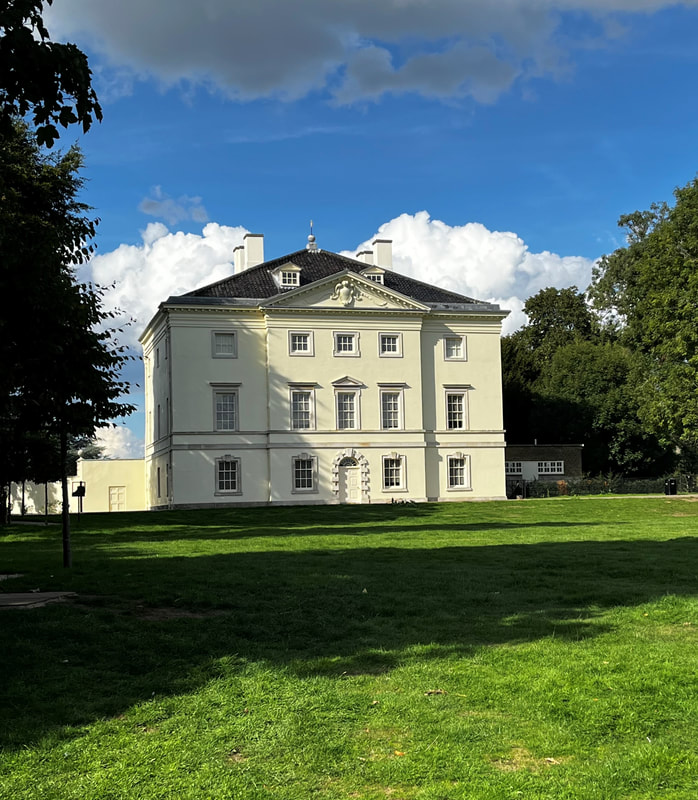
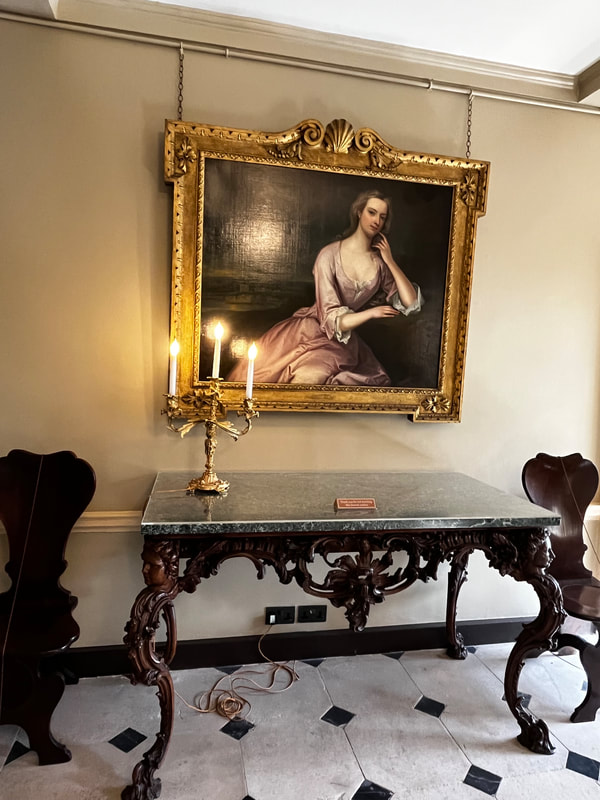
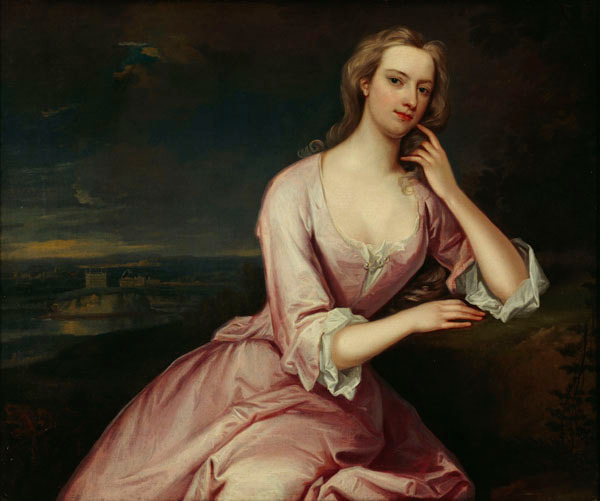
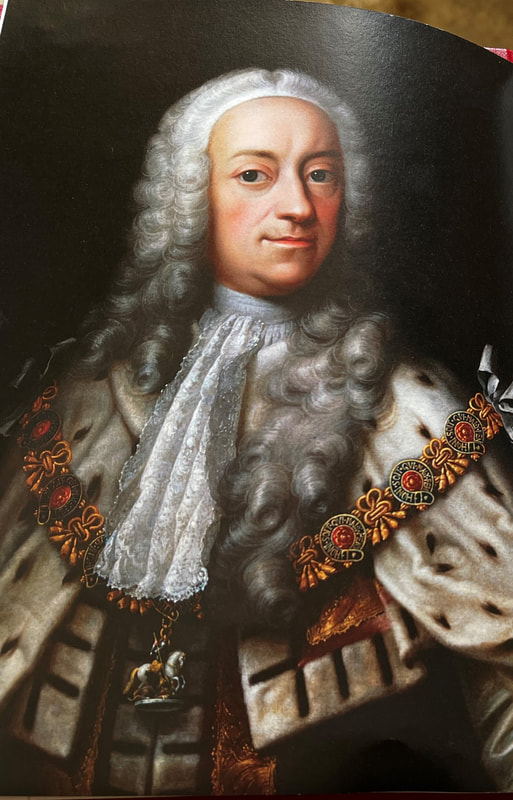
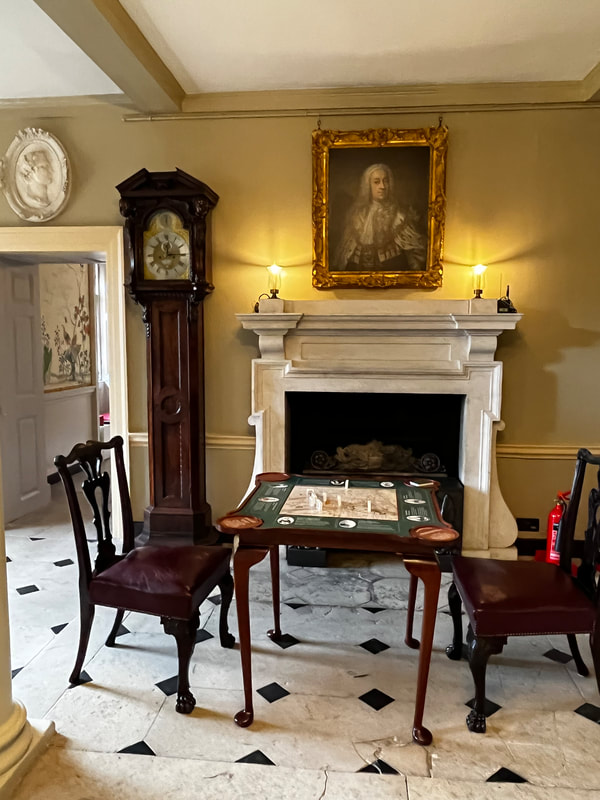


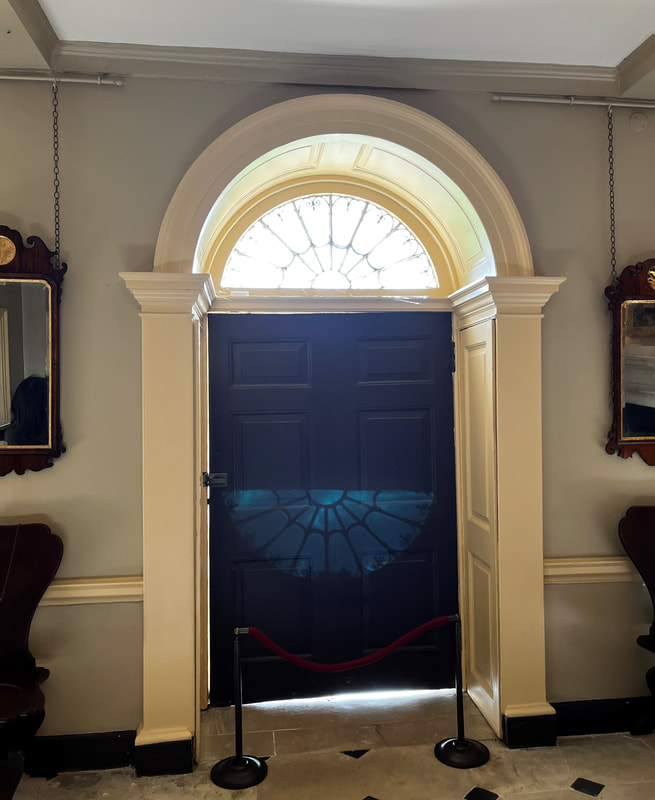
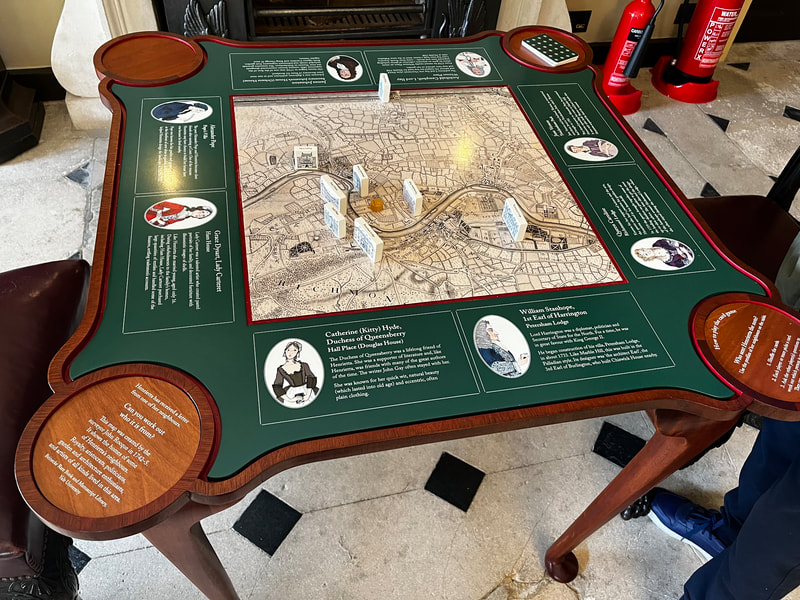
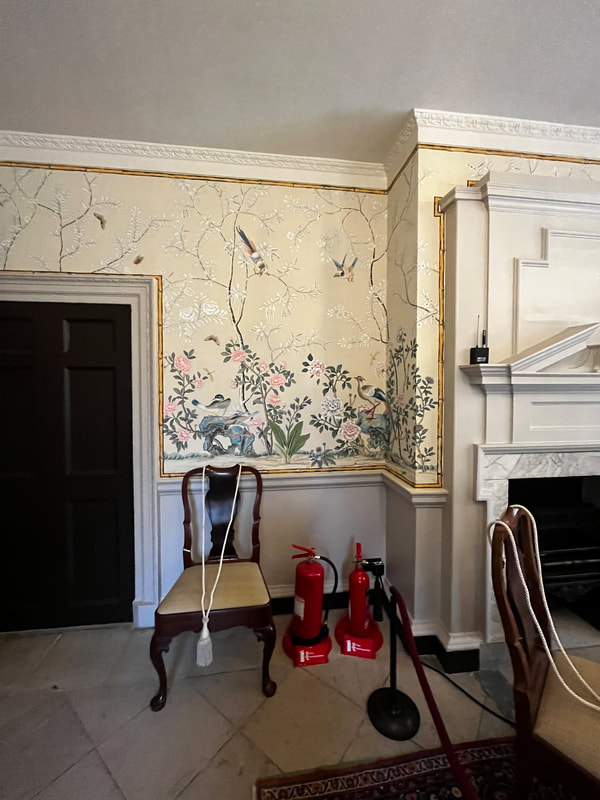
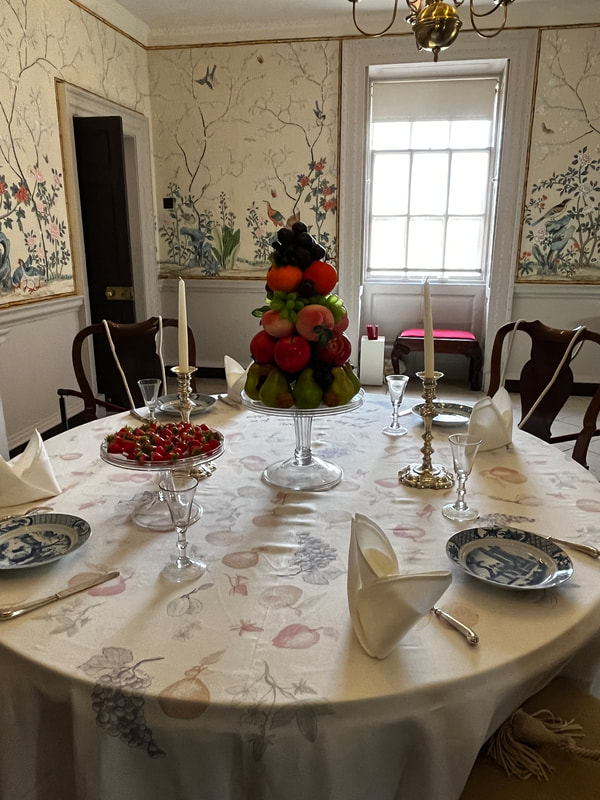




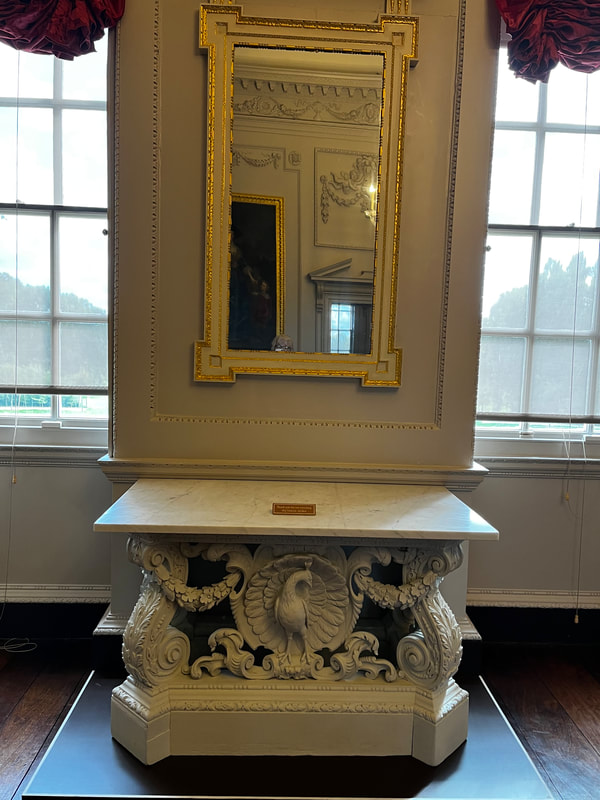

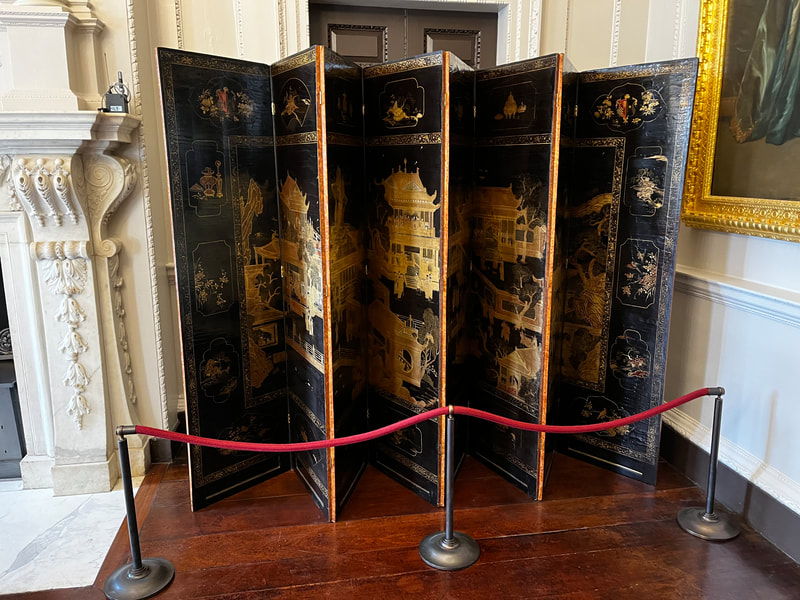

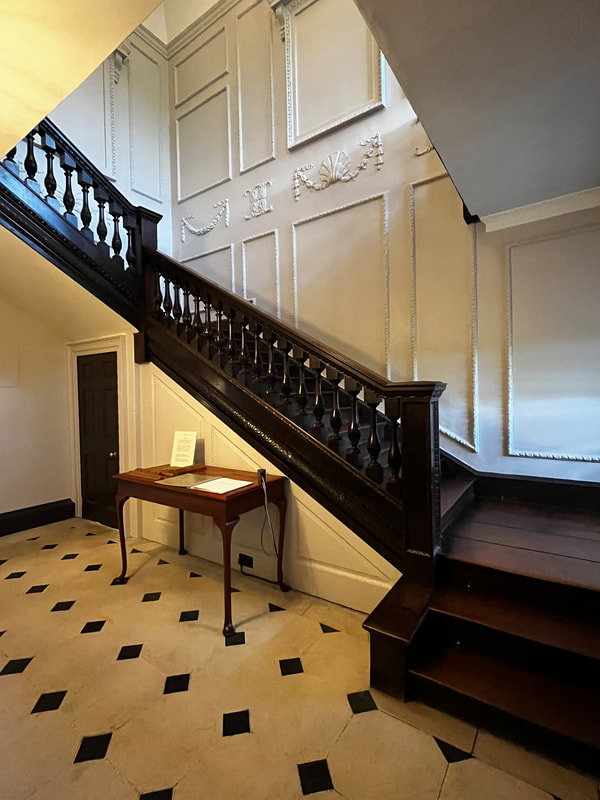

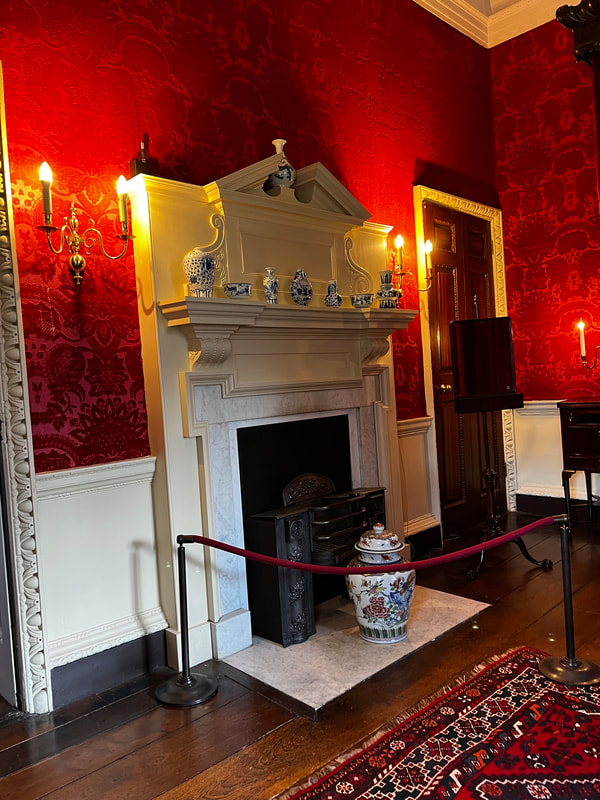
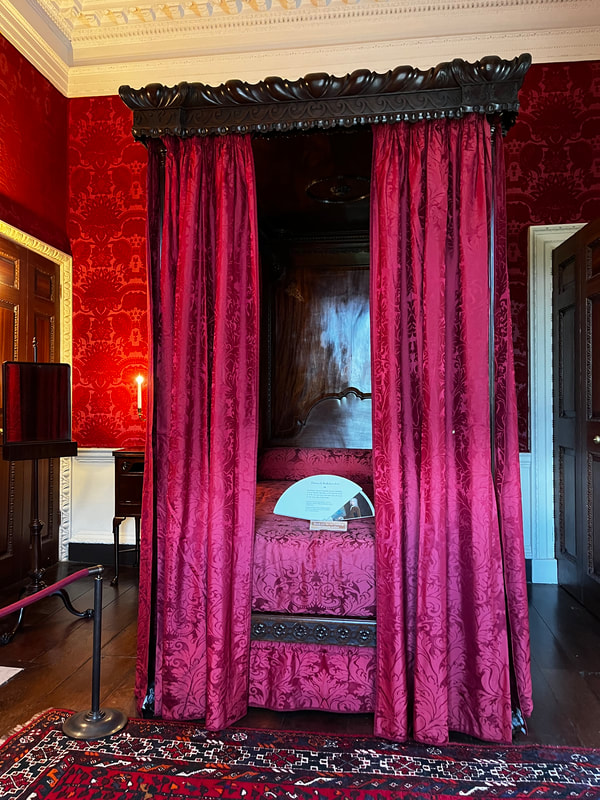
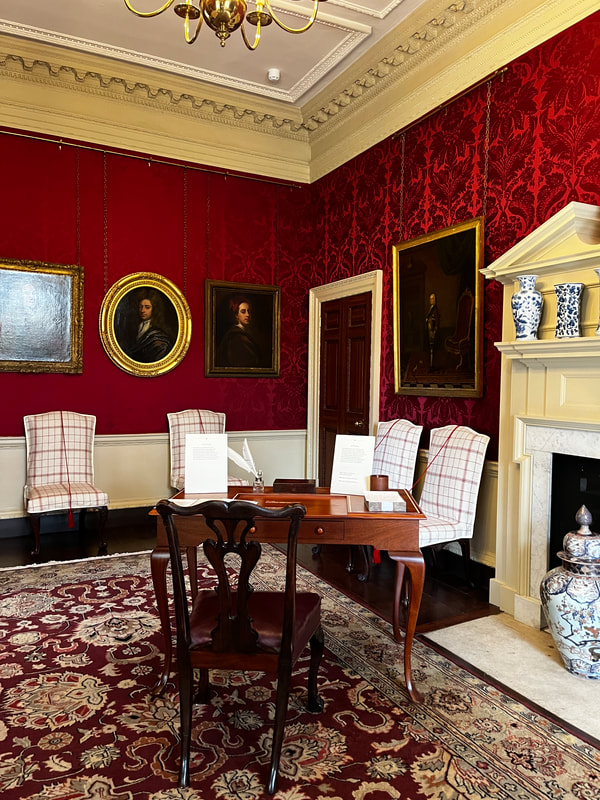
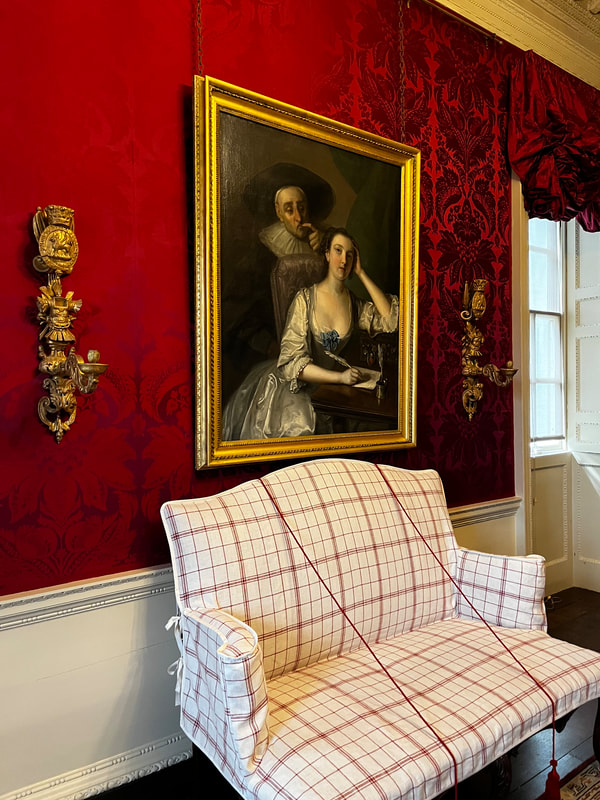
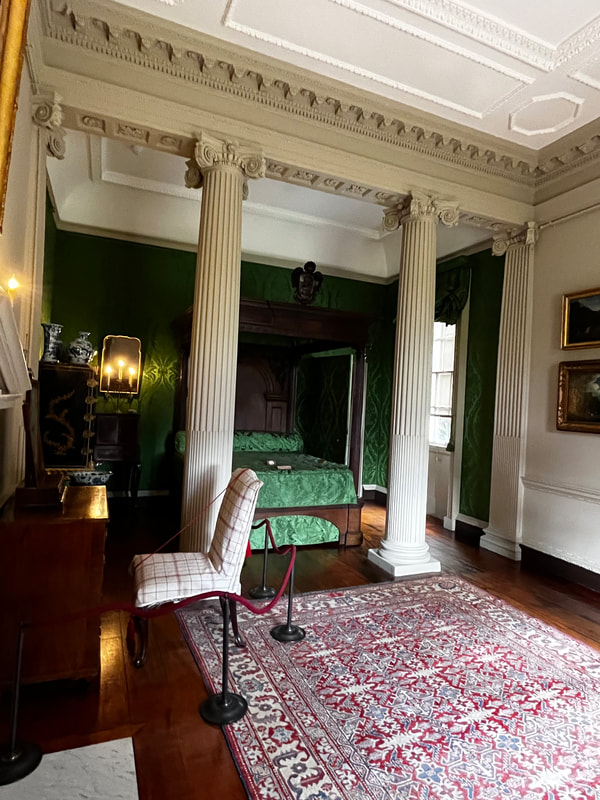

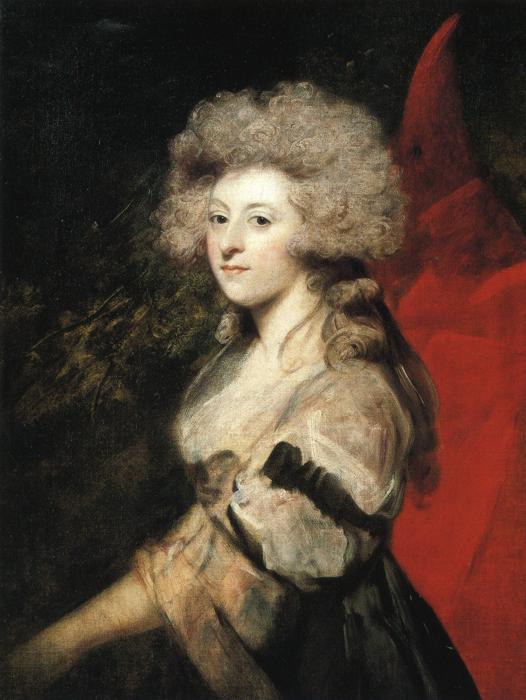


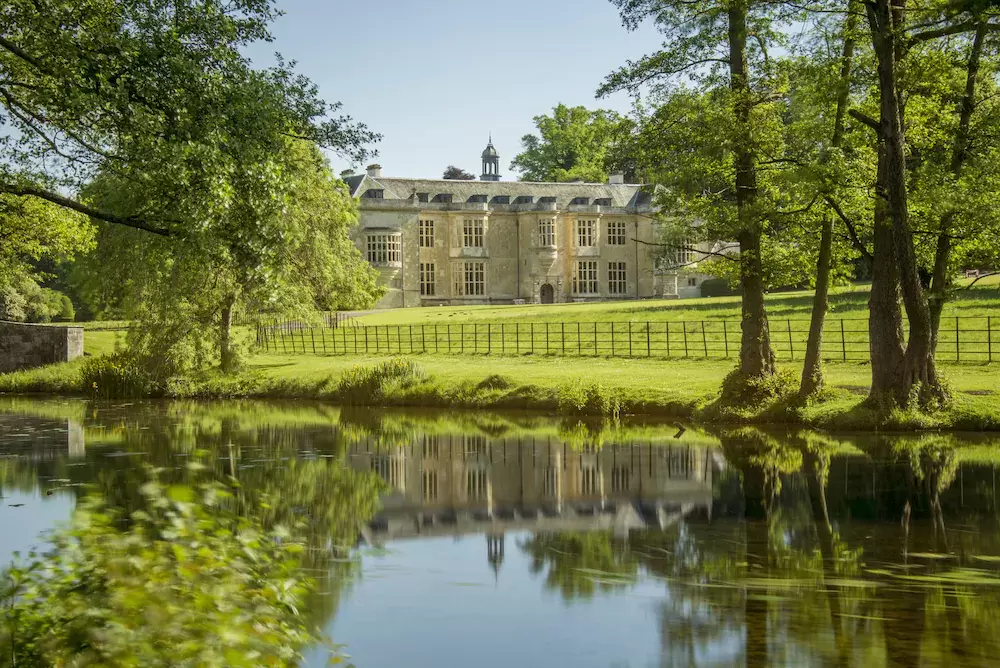

 RSS Feed
RSS Feed